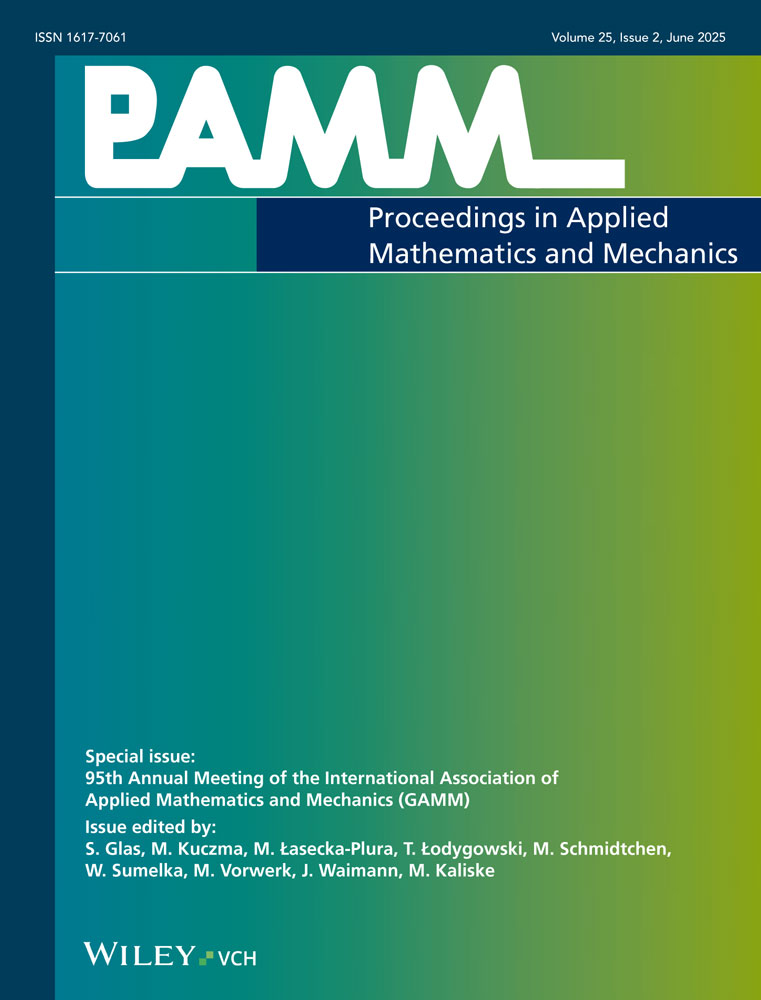A Lamination Upper Bound to the Free Energy of Shape Memory Alloys
Abstract
Modeling the energetic behavior of materials showing martensitic phase transformations usually leads to non-convex energy formulations. In a variety of models based on quasi-convex analysis, the Reuß lower bound, which neglects the compatibility constraint for the deformation fluctuations, is used as an estimate for the so-called energy of mixing.
We present an upper bound that is on the one hand based on the lamination mixture formula, which gives an estimate of the free energy of two-variant materials and is extended to a specialized n-variant case in our work. On the other hand, we rely on experimentally well established assumptions about the type of microstructure that forms in such alloys. More precisely, we restrict the set of physically admissible microstructures to the subset of second order laminated microstructres consisting of austenite and twinned martensites. We further refine our upper bound by taking into account the notion of twin-compatibility.
For the physically relevant examples of 13- and 7-variant Cu-Al-Ni shape memory alloys, striking congruence is obtained in the comparison of the Reuß lower and our upper bound for fixed volume fractions. Furthermore, we show results of global minimization of the energy obtained by each bound over the volume fractions of the variants. Similarities and differences in the energy-minimizing volume fractions are discussed. (© 2006 WILEY-VCH Verlag GmbH & Co. KGaA, Weinheim)




